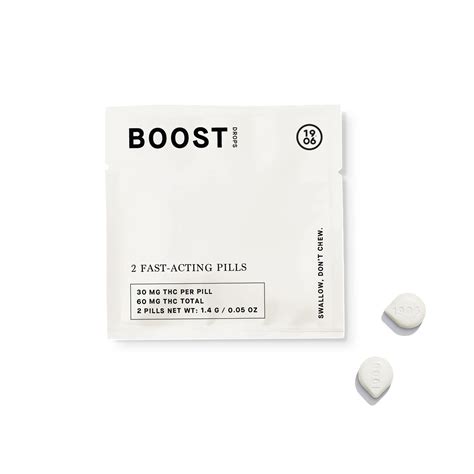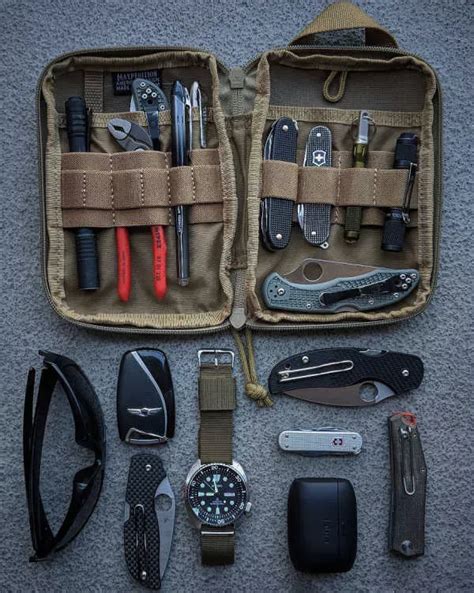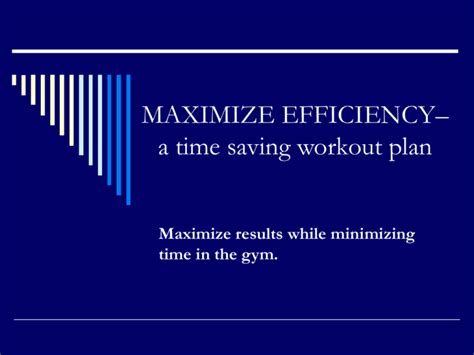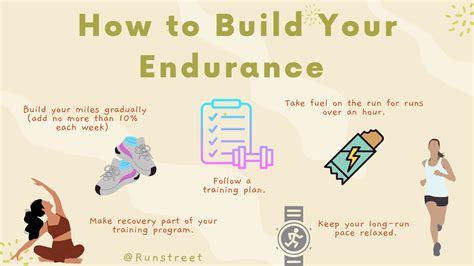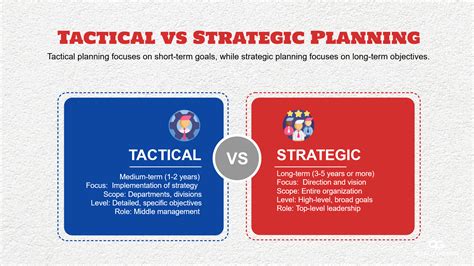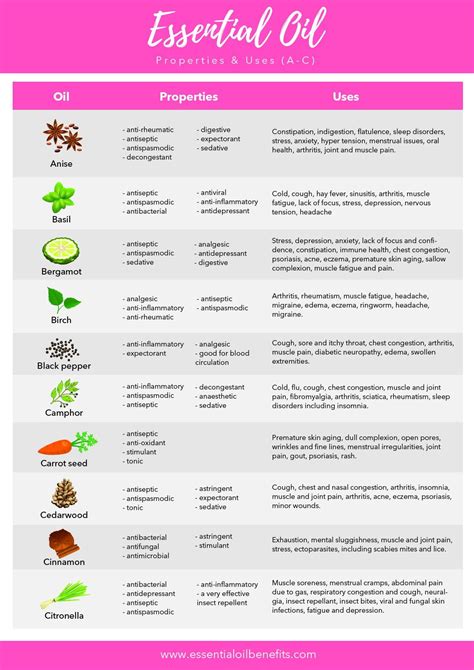What essential recovery gear optimizes post-workout muscle repair for peak performance?
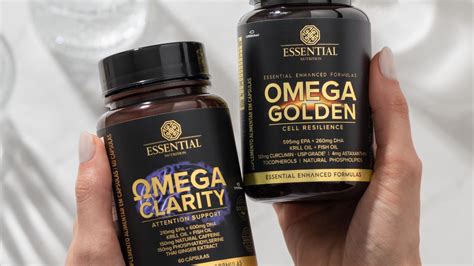
The Crucial Role of Post-Workout Recovery
After pushing your body through a demanding workout, whether it’s heavy lifting, intense cardio, or a grueling sport, your muscles undergo microscopic damage. This damage, while necessary for growth and adaptation, also leads to soreness, stiffness, and temporary reductions in strength and power. Effective post-workout recovery isn’t just about feeling better; it’s a critical component for optimizing muscle repair, enhancing adaptation, and ultimately achieving peak performance in your next session. Incorporating specific recovery gear can significantly accelerate this vital process.
Understanding Muscle Repair and Adaptation
During recovery, the body works to repair and rebuild muscle fibers, making them stronger and more resilient than before. This physiological process, known as supercompensation, is where true progress is made. Without adequate recovery, the body can enter an overtrained state, leading to chronic fatigue, increased injury risk, and diminished performance. Essential recovery gear aids this process by improving blood flow, reducing inflammation, alleviating muscle tension, and promoting cellular repair.
Essential Recovery Gear for Optimal Muscle Repair
1. Foam Rollers and Massage Balls
These tools are fundamental for myofascial release, a technique that helps alleviate tightness and knots in the fascia (the connective tissue surrounding muscles). By applying pressure, foam rollers and massage balls can improve flexibility, reduce muscle soreness, and increase range of motion. Regular use can prevent adhesions and improve the efficiency of muscle movement.
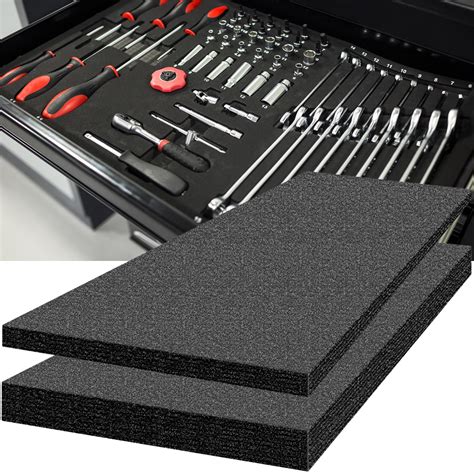
2. Percussion Massagers (Massage Guns)
Percussion massagers deliver rapid, localized pulses of pressure deep into muscle tissue. This percussive therapy helps to increase blood flow, break up scar tissue, release deep muscle knots, and reduce post-exercise muscle soreness (DOMS) much more effectively than manual massage. They are excellent for targeting specific muscle groups and accelerating warm-ups or cool-downs.
3. Compression Garments
From socks to full-body suits, compression garments apply graduated pressure to muscles, which can help reduce swelling and inflammation by improving circulation. This enhanced blood flow delivers more oxygen and nutrients to damaged tissues while aiding in the removal of metabolic waste products, thus speeding up muscle repair and reducing fatigue.
4. Pneumatic Compression Boots (Recovery Boots)
These high-tech devices use inflatable air chambers to provide dynamic, sequential compression to the legs. They are designed to mimic the natural muscle pump of the body, effectively flushing out lactic acid and other metabolic byproducts, while simultaneously enhancing circulation and lymphatic drainage. This leads to faster recovery, reduced muscle soreness, and a feeling of refreshed legs.
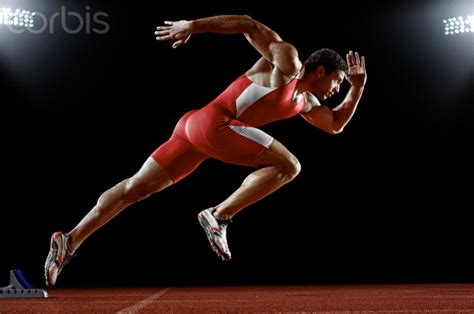
5. Cold and Hot Therapy Tools
Simple yet effective, tools like ice packs, heat pads, and cryo-compression devices play a crucial role. Cold therapy (ice packs, cold plunges, cryo-rollers) helps reduce inflammation and swelling, numbing nerve endings to alleviate pain. Heat therapy (heating pads, warm baths) promotes blood flow and muscle relaxation, easing stiffness and preparing muscles for movement. Alternating between the two can be particularly beneficial for injury recovery and general muscle repair.

6. Wearable Recovery Trackers
While not directly involved in physical muscle manipulation, wearable devices that track metrics like Heart Rate Variability (HRV), sleep quality, and activity levels are indispensable recovery gear. By providing insights into your body’s readiness and stress levels, these trackers help you tailor your training and recovery protocols, ensuring you’re not overtraining and allowing adequate time for physiological repair and adaptation.
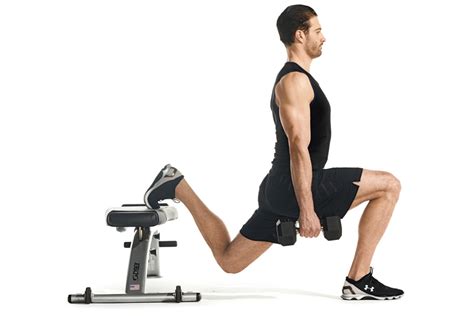
Integrating Recovery Gear into Your Routine
The key to maximizing the benefits of recovery gear is consistent and strategic use. Incorporate foam rolling or a massage gun into your warm-up and cool-down routines. Wear compression garments during or after intense sessions. Use pneumatic boots on rest days or after particularly demanding workouts. Listen to your body and use wearable trackers to guide your choices, adjusting your recovery strategy based on your physiological feedback.
Beyond Gear: A Holistic Approach to Recovery
While essential recovery gear significantly optimizes muscle repair, it’s crucial to remember that it’s just one piece of the puzzle. A truly holistic approach to recovery also includes adequate sleep, proper nutrition (especially protein and micronutrients), sufficient hydration, and stress management. When combined, these elements create the optimal environment for your body to repair, adapt, and ultimately achieve peak performance.
Investing in the right recovery gear is an investment in your long-term fitness, health, and performance potential. By proactively supporting your body’s natural repair processes, you can train harder, recover faster, and consistently perform at your best.


